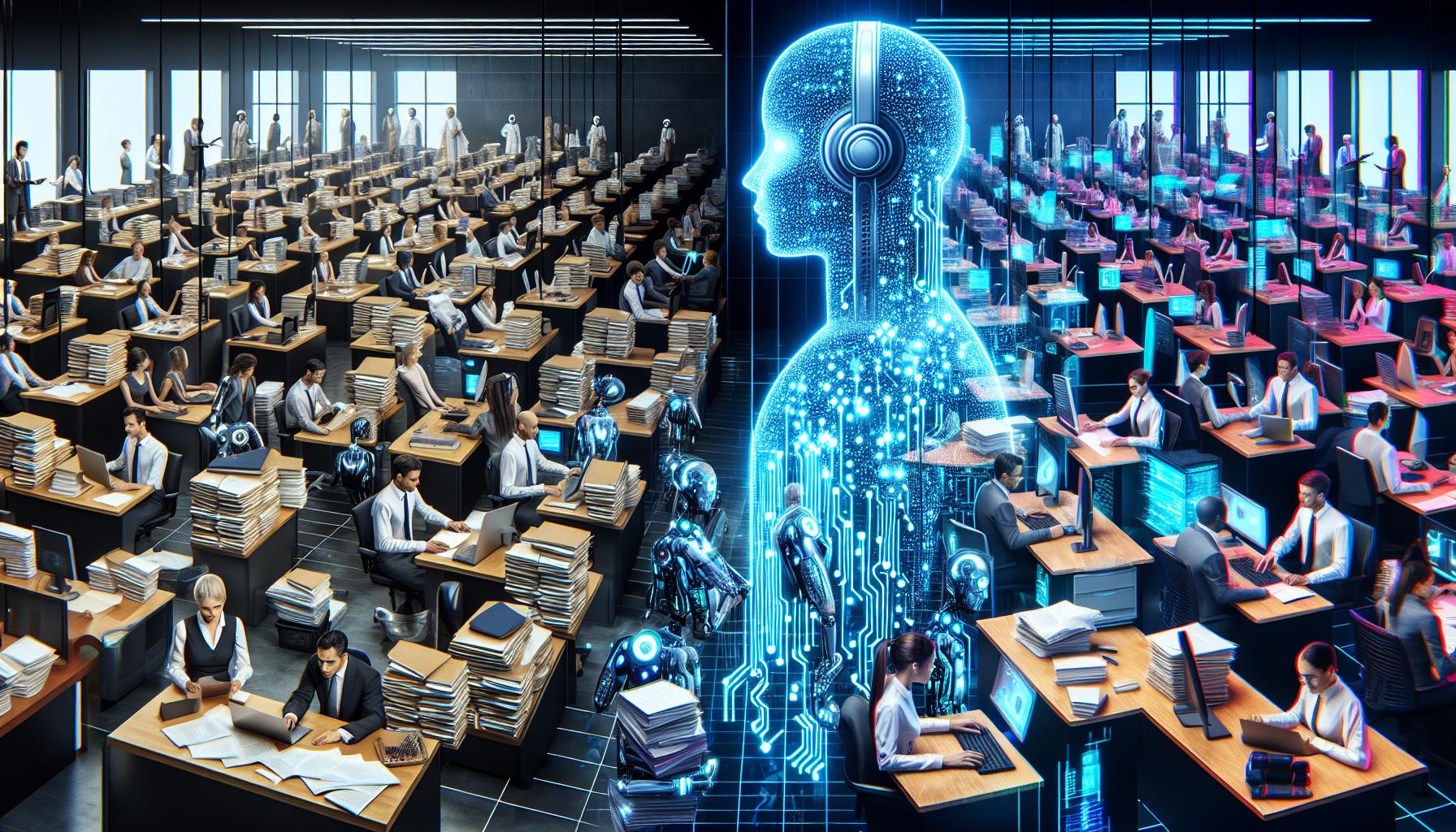Meta CTO Explains Technical Causes of Smart Glasses Demo Failures at Meta Connect
Meta’s Chief Technology Officer Andrew Bosworth provided a detailed technical explanation for the multiple failures experienced during live demonstrations of the company’s latest smart glasses at this week’s Meta Connect developer conference.
During the event, Meta unveiled three new smart glasses models: an upgraded version of the Ray-Ban Meta, the Meta Ray-Ban Display which includes a wristband controller, and the sports-oriented Oakley Meta Vanguard. However, the live demos encountered significant issues, including unresponsive AI and failed video calls.
Resource Management and Server Overload Behind AI Demo Glitches
One notable failure occurred when cooking content creator Jack Mancuso asked his Ray-Ban Meta glasses how to start a sauce recipe. After repeated unanswered queries, the AI unexpectedly skipped ahead, forcing the demo to be halted. Mancuso initially suspected Wi-Fi problems.
Bosworth later clarified on Instagram that the disruption was not caused by Wi-Fi but by a resource management oversight. When Mancuso activated the Live AI feature, it inadvertently triggered this functionality on every Ray-Ban Meta device present in the venue, significantly more than during rehearsals.
Compounding the issue, Meta routed all Live AI traffic to a dedicated development server to isolate the demo. However, this routing applied to all devices on the building’s access points, causing a self-inflicted distributed denial-of-service (DDoS) scenario that overwhelmed the server.
Software Bug Causes WhatsApp Video Call Failure
Another demo failure involved a live WhatsApp video call between Bosworth and CEO Mark Zuckerberg. The glasses’ display had entered sleep mode just as the call arrived, and upon reactivation, failed to show the incoming call notification due to a rare “race condition” bug. This bug occurs when overlapping processes contend unpredictably for resources.
Bosworth noted this was the first time the issue had been encountered and confirmed it has since been resolved. He expressed regret that such a bug surfaced during a high-profile demonstration but reassured that Meta’s technology handles video calls reliably under normal conditions.
Confidence in Product Despite Demo Setbacks
Despite the visible problems during live presentations, Bosworth emphasized that these were isolated to the demo environment and did not indicate fundamental flaws in the product. He stated, “I know the product works. I know it has the goods. So it really was just a demo fail and not, like, a product failure.”
Meta’s continued investment in smart glasses technology reflects its broader commitment to augmented reality and the metaverse, with the new devices aiming to blend digital experiences seamlessly into everyday life.
FinOracleAI — Market View
Meta’s transparent communication about the technical causes behind the smart glasses demo failures helps mitigate reputational damage and investor concerns. The issues stemmed from scaling challenges and a rare software bug rather than fundamental product deficiencies, suggesting the technology remains viable. However, the self-inflicted DDoS incident highlights risks in managing complex device ecosystems at scale. Market participants should watch for Meta’s ability to execute flawless live demonstrations going forward and the commercial reception of the new smart glasses models.
Impact: neutral













